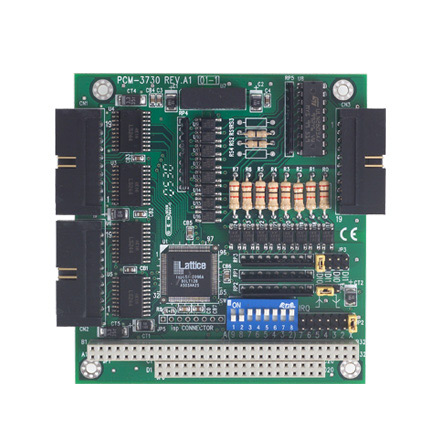

Understanding OEM Tempered Glass A Comprehensive Overview
In today’s rapidly evolving technological landscape, the demand for durable and reliable materials is paramount. One such material that has gained immense popularity across various industries is tempered glass, particularly when produced under Original Equipment Manufacturer (OEM) specifications. This article delves into the intricacies of OEM tempered glass, exploring its manufacturing process, applications, benefits, and the significance it holds in modern manufacturing.
What is OEM Tempered Glass?
OEM tempered glass refers to glass that is specifically designed and manufactured to meet the unique requirements set forth by other companies. These specifications often include various dimensions, shapes, and thicknesses tailored for specific applications. The term tempered, in this context, signifies a process in which glass is subjected to high heat and then rapidly cooled. This process increases the glass's strength and thermal resistance, making it an ideal choice for areas prone to temperature fluctuations and mechanical stress.
The Manufacturing Process
The production of OEM tempered glass involves several critical steps
1. Cutting The process begins with cutting raw glass sheets into the desired dimensions according to the OEM’s specifications. Precision in this step is vital, as any inaccuracies can lead to issues during the tempering process.
2. Heating After cutting, the glass pieces are placed in an oven and heated to temperatures exceeding 600 degrees Celsius. This stage alters the glass's internal structure, making it more robust and capable of withstanding significant physical stress.
3. Cooling Post-heating, the glass is rapidly cooled in a process known as quenching. This swift temperature change is crucial as it enhances the strength of the glass and creates a uniform distribution of internal stress, allowing it to endure impacts better than standard glass.
4. Quality Control The tempered glass is then subjected to rigorous quality checks to ensure that it meets the OEM specifications. This may involve visual inspections, measurements, and sometimes stress testing.
Applications of OEM Tempered Glass
OEM tempered glass finds applications across numerous sectors due to its strength and safety features. Common applications include

- Architecture and Construction Used in facades, windows, and balustrades, OEM tempered glass provides structural integrity and aesthetic appeal.
- Automotive Industry In car windows and sunroofs, OEM tempered glass offers enhanced safety, protecting passengers in the event of breakage
.- Electronics Used in screens for smartphones, tablets, and televisions, it provides excellent clarity and protection against scratches and impacts.
- Appliances From oven doors to shower enclosures, tempered glass serves as a safe and stylish choice for modern appliances.
Benefits of OEM Tempered Glass
The advantages of OEM tempered glass are manifold
1. Increased Safety In case of breakage, tempered glass shatters into small, blunt pieces rather than sharp shards, significantly reducing the risk of injury.
2. Enhanced Durability The tempering process ensures that the glass can withstand substantial impact and thermal stress, making it less likely to break compared to non-tempered glass.
3. Customization As it is produced based on OEM specifications, customization options are extensive. This allows manufacturers to get glass products that align perfectly with their product designs.
4. Aesthetic Flexibility OEM tempered glass can be produced with different finishes, colors, and levels of translucency, enabling a wide range of design possibilities.
Conclusion
In conclusion, OEM tempered glass is an indispensable material in various industries, thanks to its strength, safety, and adaptability. The manufacturing process ensures that it meets specific requirements while delivering enhanced performance. As technology advances, the applications for OEM tempered glass are likely to expand, fostering further innovations across sectors. Whether in construction, automotive design, or electronics, the impact of OEM tempered glass on modern manufacturing processes cannot be overstated, providing a clear example of how material science can improve safety and functionality in everyday products.